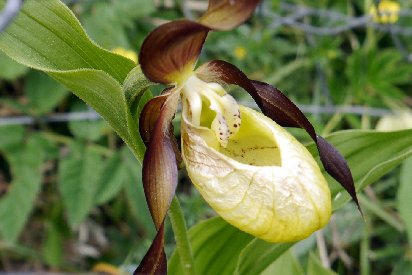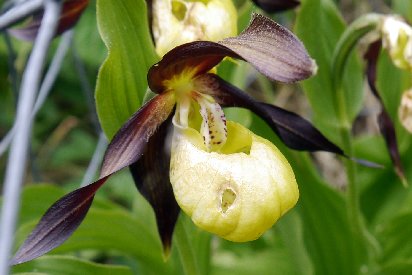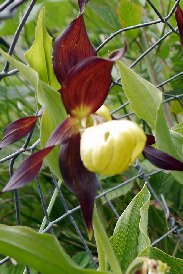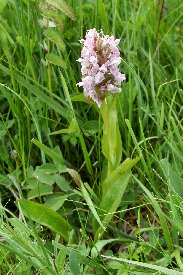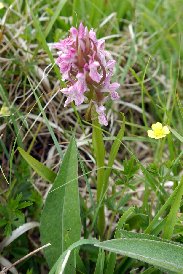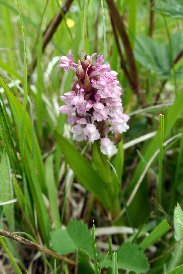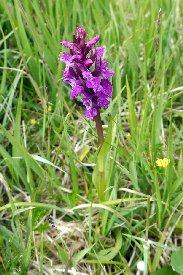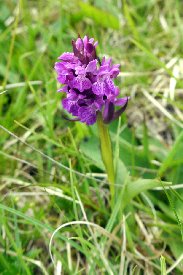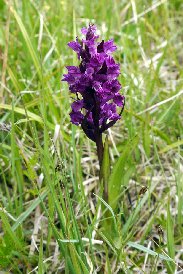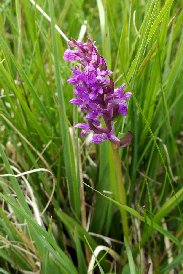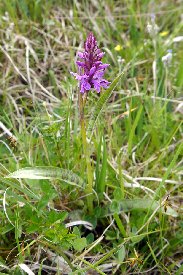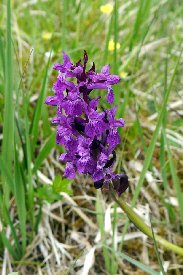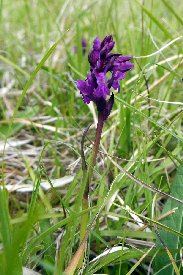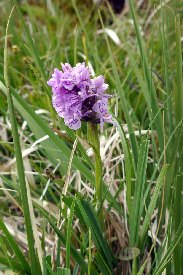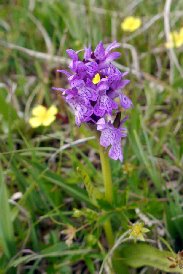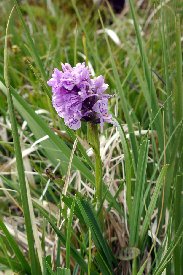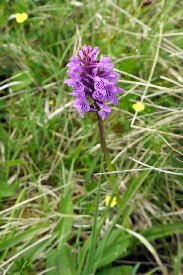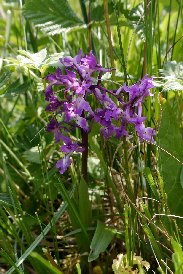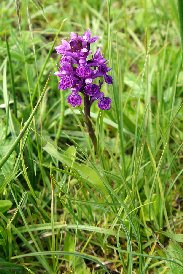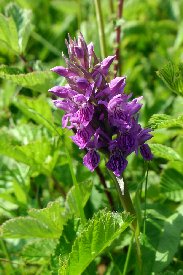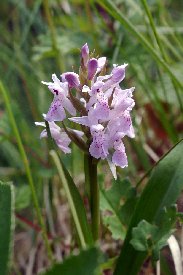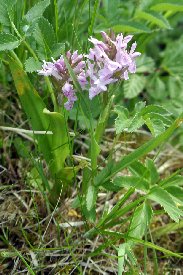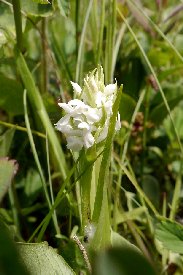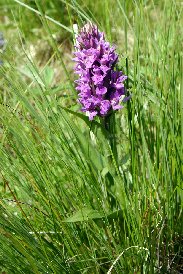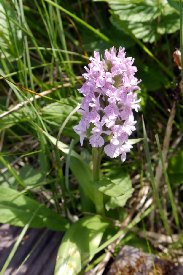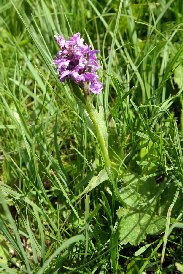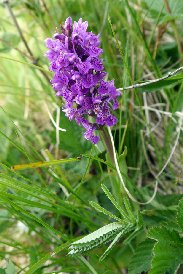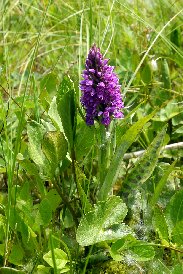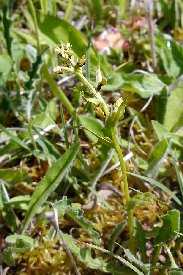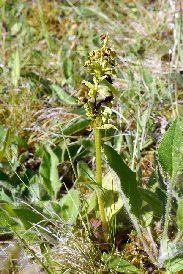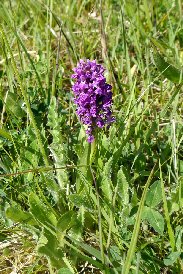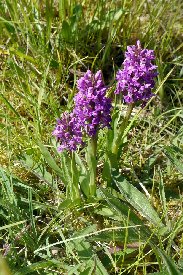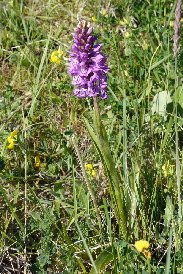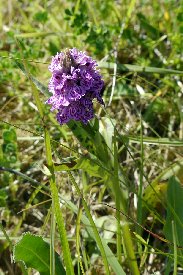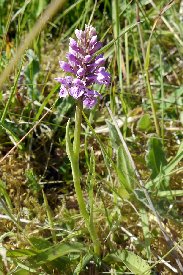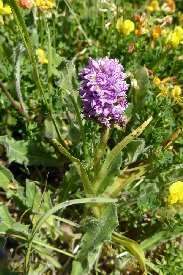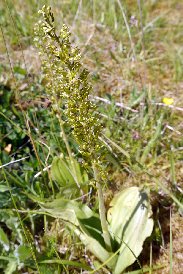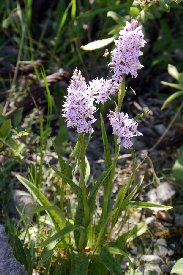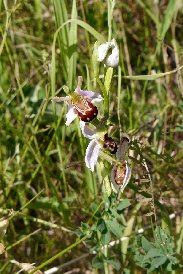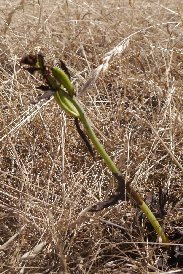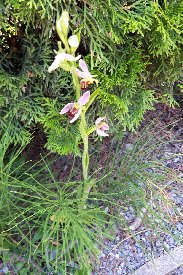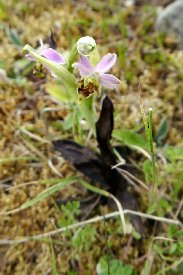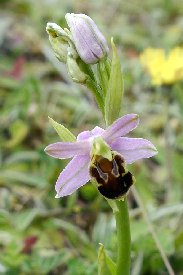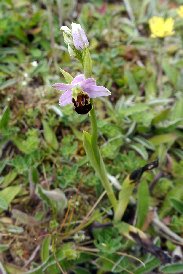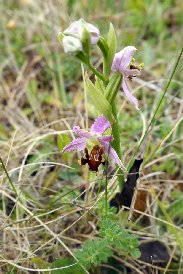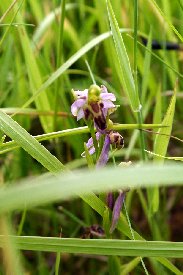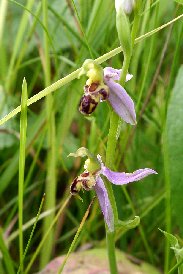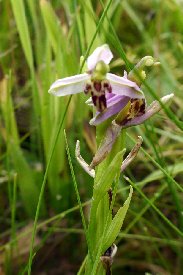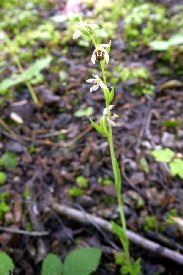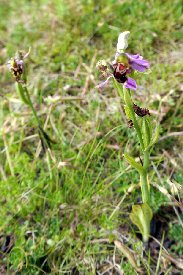|
|
||||||||||||||
|
|
||||||||||||||
 |
|
Kilnsey 11th June 2023 (SD 97410 67652) A trip to All Creatures Great and Small country and a few places to visit. First off is Kilnsey Park which is primarily a trout farm, with angling lakes, kids activities and for me, most importantly, a little nature area with orchids. Here are some Lady Slipper Orchids in a pair of cages. There are largely finished now, but I persevere and get some shots of some flowers without the wire over the flowers. These are from seeds of the last native British specimen which grows nearby at a secret location (though it is not too difficult to narrow down the likely spots). Those at Gait Barrow were from European stock as was the one said to be on a Lancashire golf couse. However, is there that much difference? To me no, but seeing as these are going to be better looked after what does it matter. Very showy. Next is the flower meadow, roped off, with a plethora of Dactylorhiza. Four species are represented, Common Spotted Orchids, Early Marsh Orchids, Northern Marsh Orchids, and Narrow-leaved Marsh Orchids. I saved the best to last. Examples of each close to the path are labelled and easy to photograph. For those further from the ropes a zoom lens comes in handy. Or perhaps if no-one is looking and you tread carefully ..... Of course with this promiscuous genus there will be hybridisation and finding pure bred individual plants is fraught.
Now for the Narrow-leaved Marsh Orchids which are not the easiest to identify as any text book highlights the variation encountered. One has to go by the features that are consistent and which absent from the other marsh orchids: lip longer than wide, widest part of lip towards the tip, lateral petals held erect, wide throat, curved-over hood sepal. Not easy to spot all of these on one plant when sorting through photos later, so three of more of them satisfies me. I am pleased to see these because I do wonder if the different Narrow-leaved Marsh Orchids populations of Yorkshire, Scotland, Anglesey and Ireland (the southern English ones having been reclassifies as SMO var schoenophila) have arisen independently or at least been separate populations sufficiently long enough to be considered as different entities. I await reading the reassessment of this species by Bateman et al. The hybrids I am not attempting to identify for now, but am happy to accept any suggestions. Tarn Moss 11th June 2023 (SD 88367 67117) After that excitement it is a roundabout route to Malham Tarn and the walkway through Tarn Moss. There is a parking bay not far from the entrance to the moss, and the path here takes us mainly through open bog and some low birch woods, before reaching the Pennine Way near the National Trust offices. So what of the orchids? There were plenty of Early Purple Orchids but few are left now. Plenty of Northern Marsh Orchids with classic shield shaped lips, and Early Marsh Orchids of the pinking-flowered var. incarnata, including one pure white example. With Dactylorhiza growing in close proximity is not unexpected to find some hybrids and some plants that literally mystify. I had hoped for Narrow-leaved Marsh Orchids here, but not this time. Closest I got was that in the first photo below. The lip while not having a really noticeable central lobe is certainly wider close to the tip and the throat leading to the spur is large. However, it is too sturdy a flower and the the spike too densely packed. The second photo is of a plant that immediately says Early marsh, until you look at the lip which is more Heath Spotted. I see none of the second species here, but a hybrid of the two is not impossible. The other three plants I can put down as Early marh and Northern Marsh hybrids, Dactylorhiza x latirella. This is an area of England where I have not been before, but does seem to warrant a short break next year to get in some more sites a couple of weeks earlier if that does not interfere with other plans. Minera Quarry 13th June 2023 (SJ 25156 52172) First visit of the year here and it is too late for the Early Purple Orchids which have all finished. Nevertheless, it does seen to have been a good year for them in some places judging by the number of seeding spikes in some places. Unfortunately the Frog Orchids look as if they have been hit by recent dry weather with all flower spikes in a poor state. The same cannot be said for the Northern Marsh Orchids, Welsh marsh Orchids and Dactylorhiza x venusta. Common Twayblades are out and one spike looks positively metallic in the sunshine. The Common Spotted Orchids are out too, and this seems a little early for them. Perhaps I need to bring forward my search for the Bee Orchid colony here. Speke Coastal Reserve 14th June 2023 (SJ 40892 83012) This place, on the northern side of the Mersey is the old site of Liverpool airport which was rebuilt a mile or so to the east. The old runways are still in place, if overgrown in places. The tidal bit looks good for the birds, but we are here having read reports of Southern Marsh Orchids here. Despite covering the length and breadth none are seen, but I do spot a few Bee Orchids that are already setting seed, then then a few more in flower in a small depression.
Speke Hall 14th June 2023 (SJ 42112 82450) Life is not always about orchids. This National Trust property, rich in a mash-up English Civil War history and Arts & Crafts, lies between the old and new Liverpool airports. I was surprised to see a few Bee Orchids growing beneath the leylandii planted for the maze. Please donít ask for directions; it is a maze! Minera Quarry, 27th June 2023 (SJ 25156 52172) Each year Minera Quarry brings on something new to see. Having seen those Bee Orchids starting to go over at Speke has catapulted me into catching up on some more local versions that I want to see. First off it is Minera Quarry in search of a group of them grow. Previously I have only seen one example and that was on consecutive years a while ago. We have searched before, but on misleading information. This time I am armed with a more specific location using terms I am familiar with. Unfortunately it is at the highest point of the quarry, perhaps furthest from the car park and it it is the hottest day of the year so far in what passes for summer in Britain. At least we find them, about 20-25 in flower, and there is a bonus. Maes y Pant 9th June 2023 (SJ 35397 55187) Back here just to have another look at those aberrant Bee Orchid forms. Still around but I have no new ideas or thoughts about them. Chatted with a lady, explaining I was photographing orchids. She was quite aware that the Common Spotted Orchids were orchids but had not realised about the Bee orchids. Surprising seeing how much fancier these are and more like a miniature version of those on garden centre and supermarket shelves they are. Pop down to the woods and see the Bee Orchids under the trees are out, and both leggy and pale sepalled. A quickie. The Bee Orchids have weathered the dry weather, but no variant forms seen - all bog standard.
|
|
|
||||||||||||||
